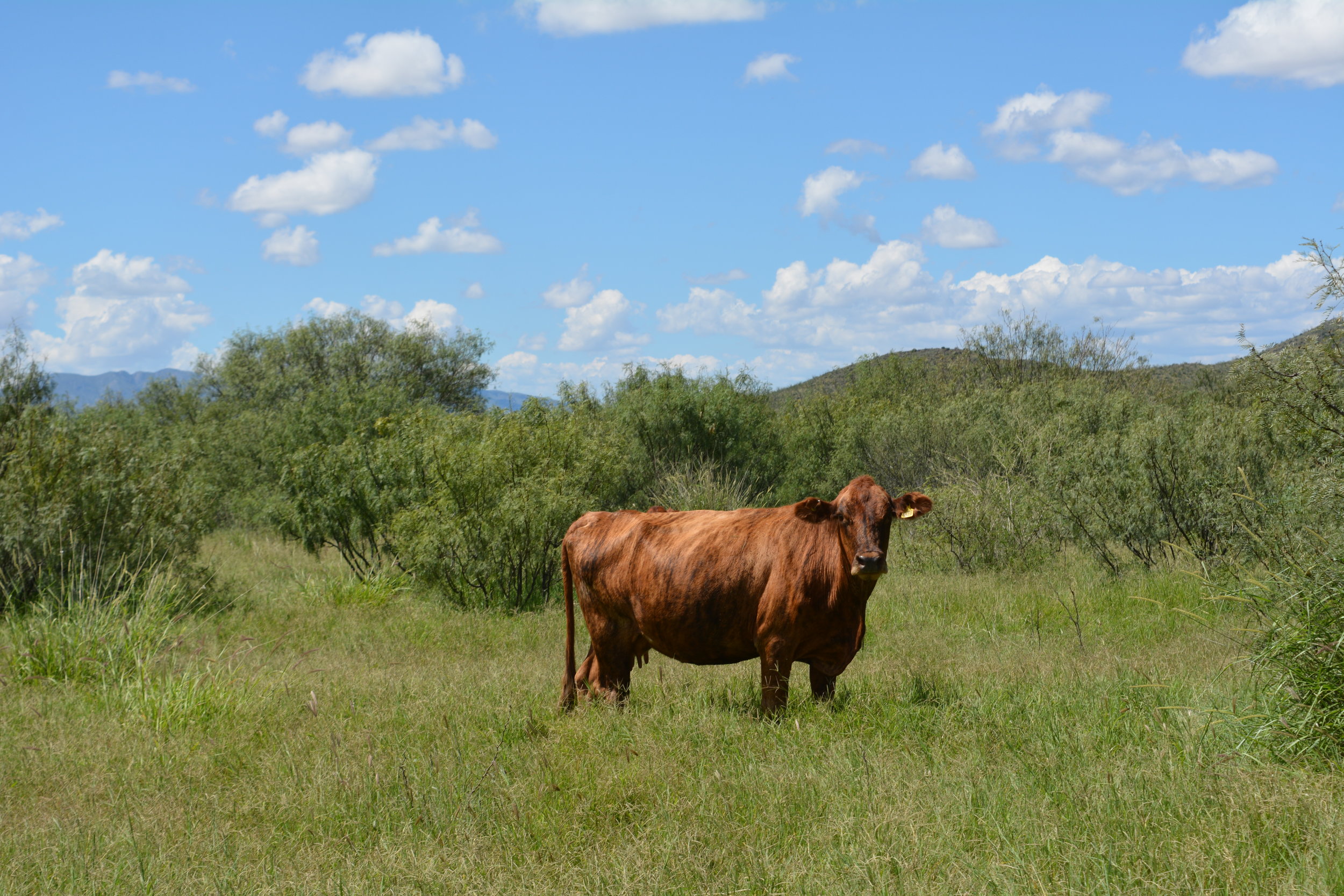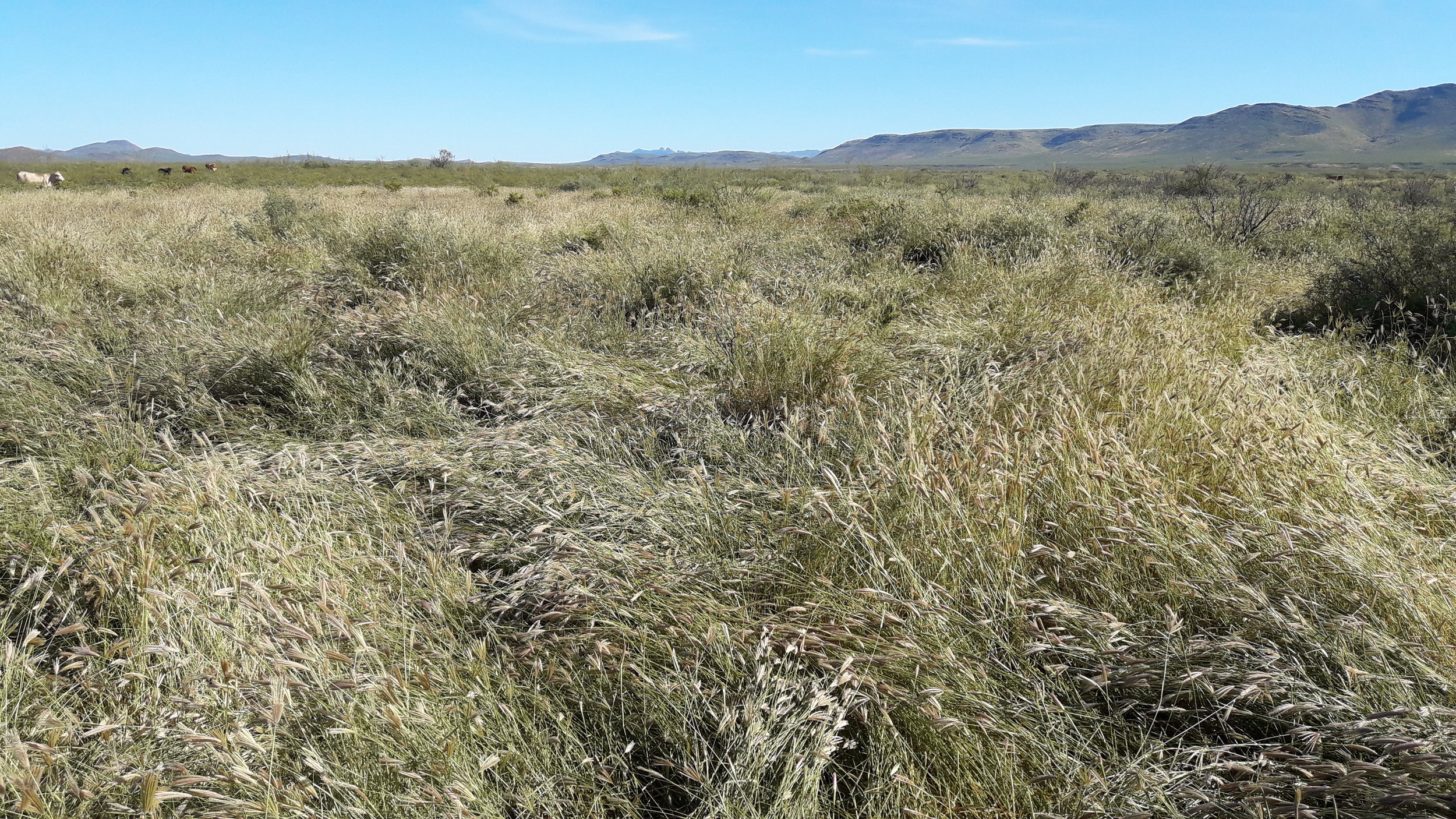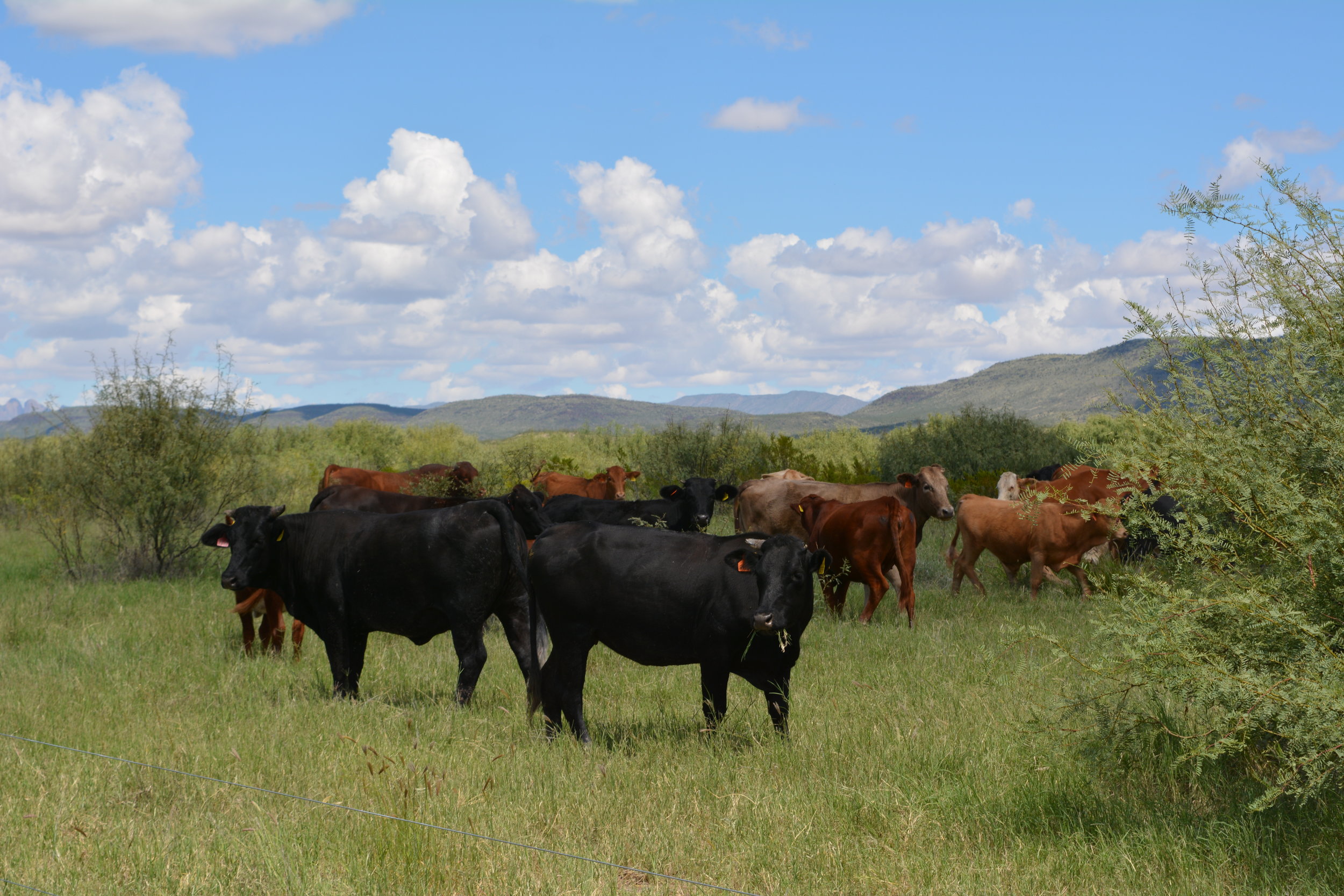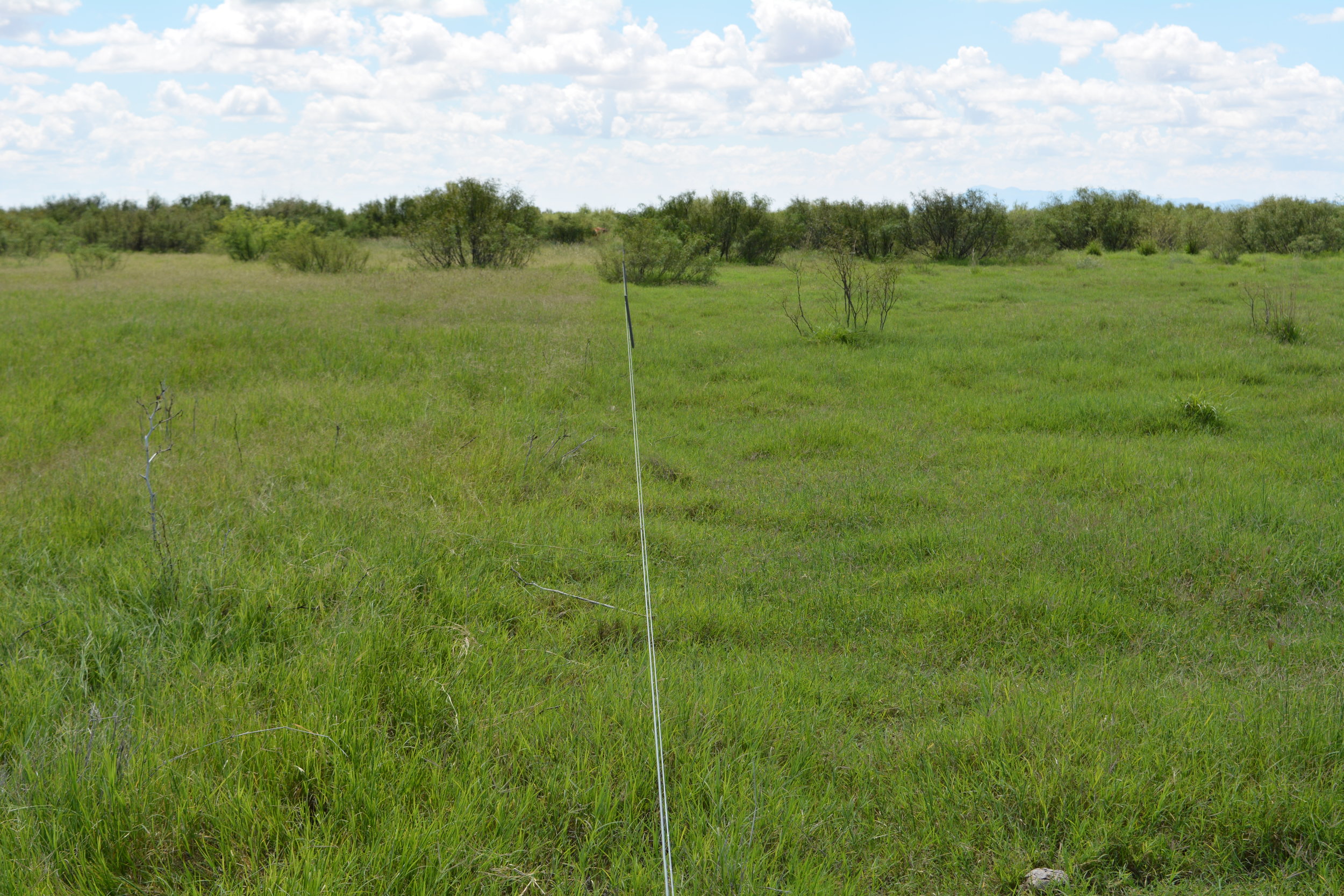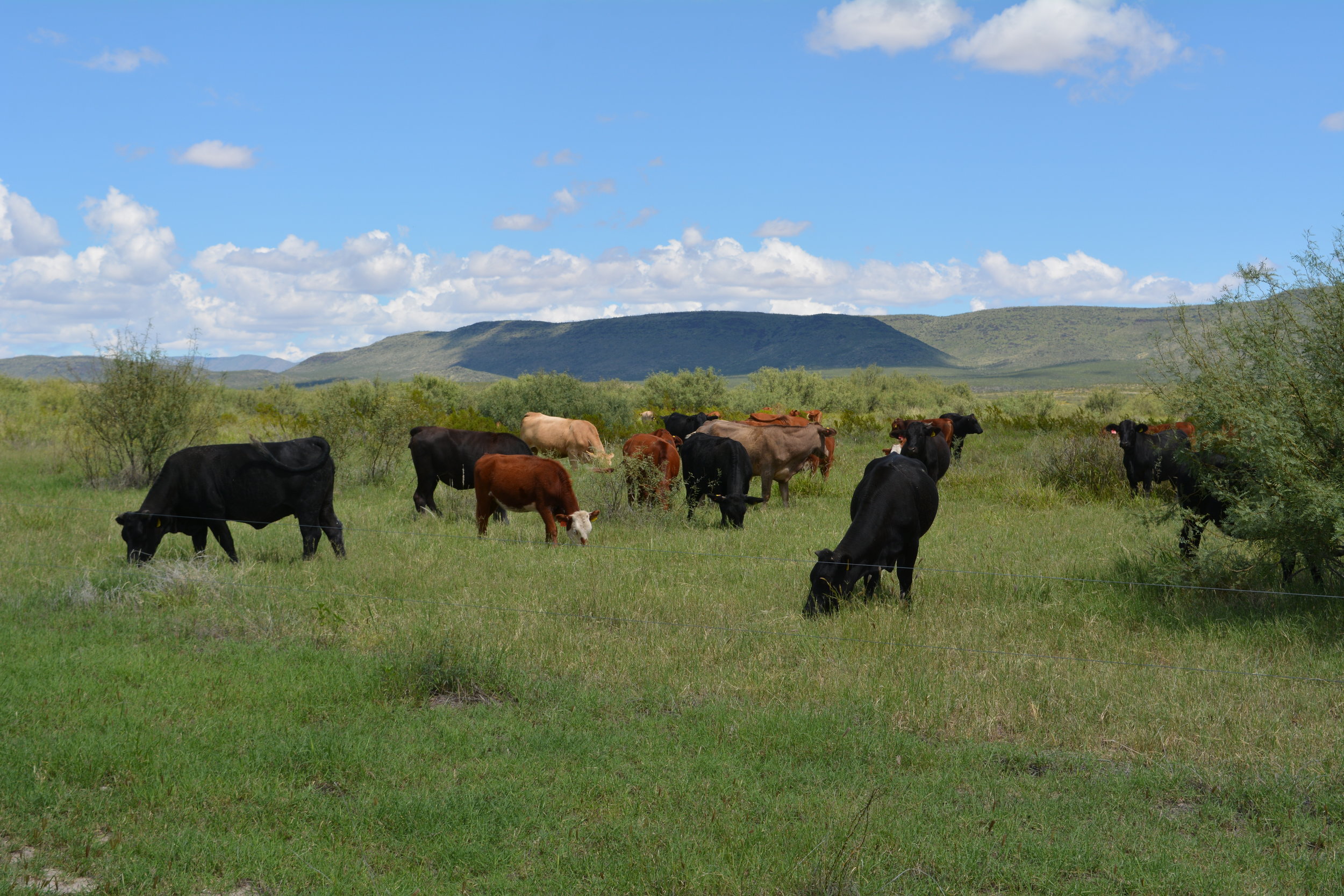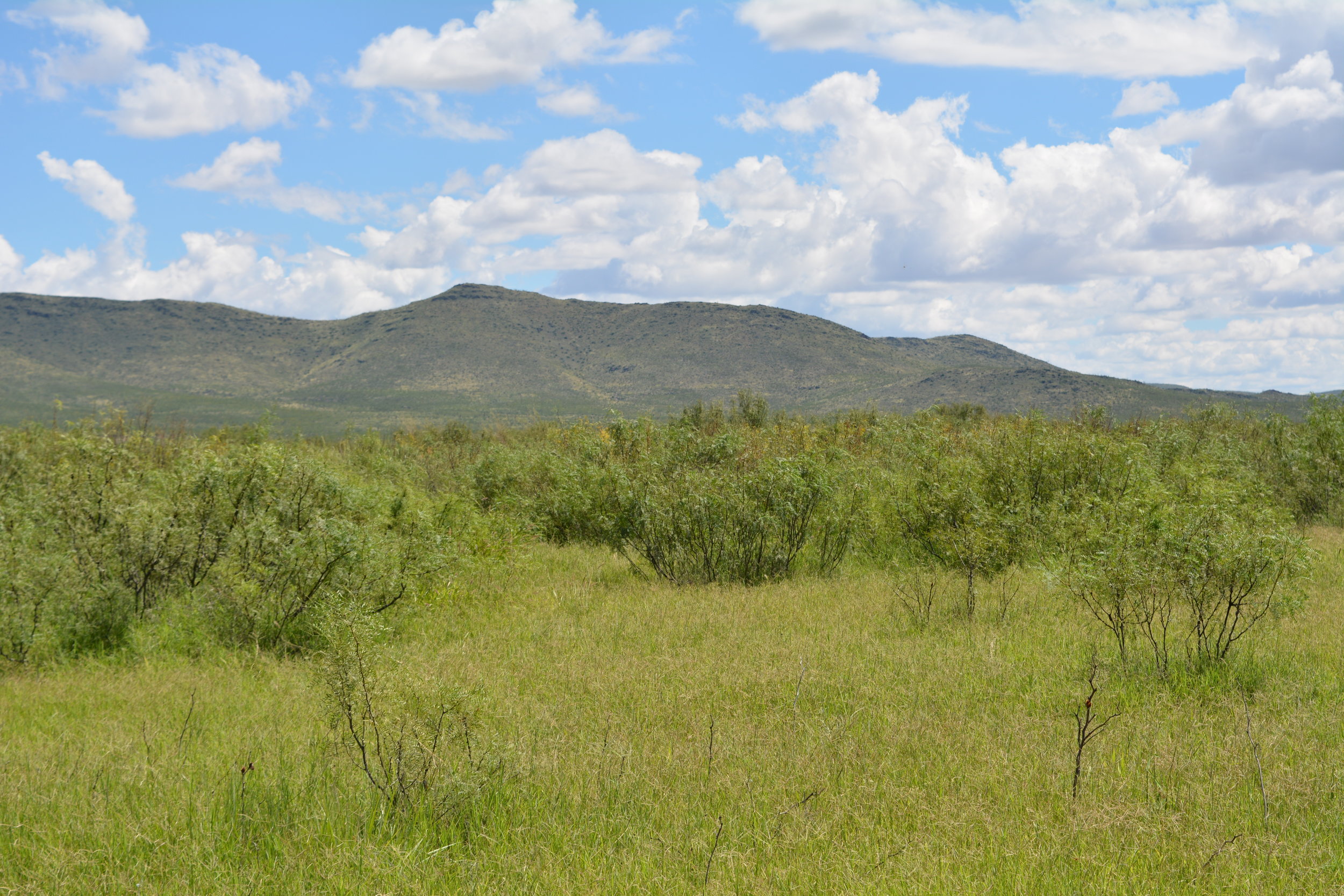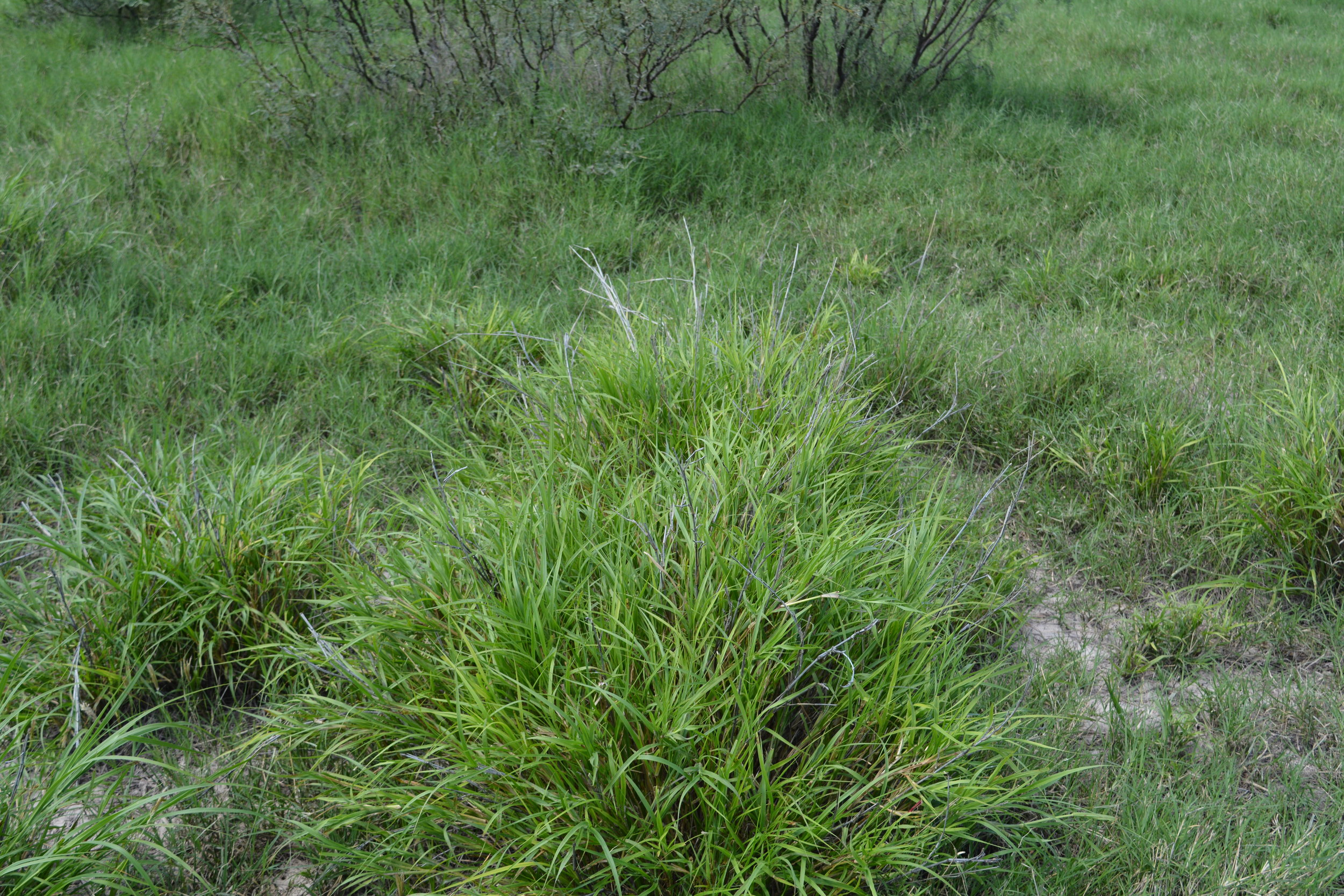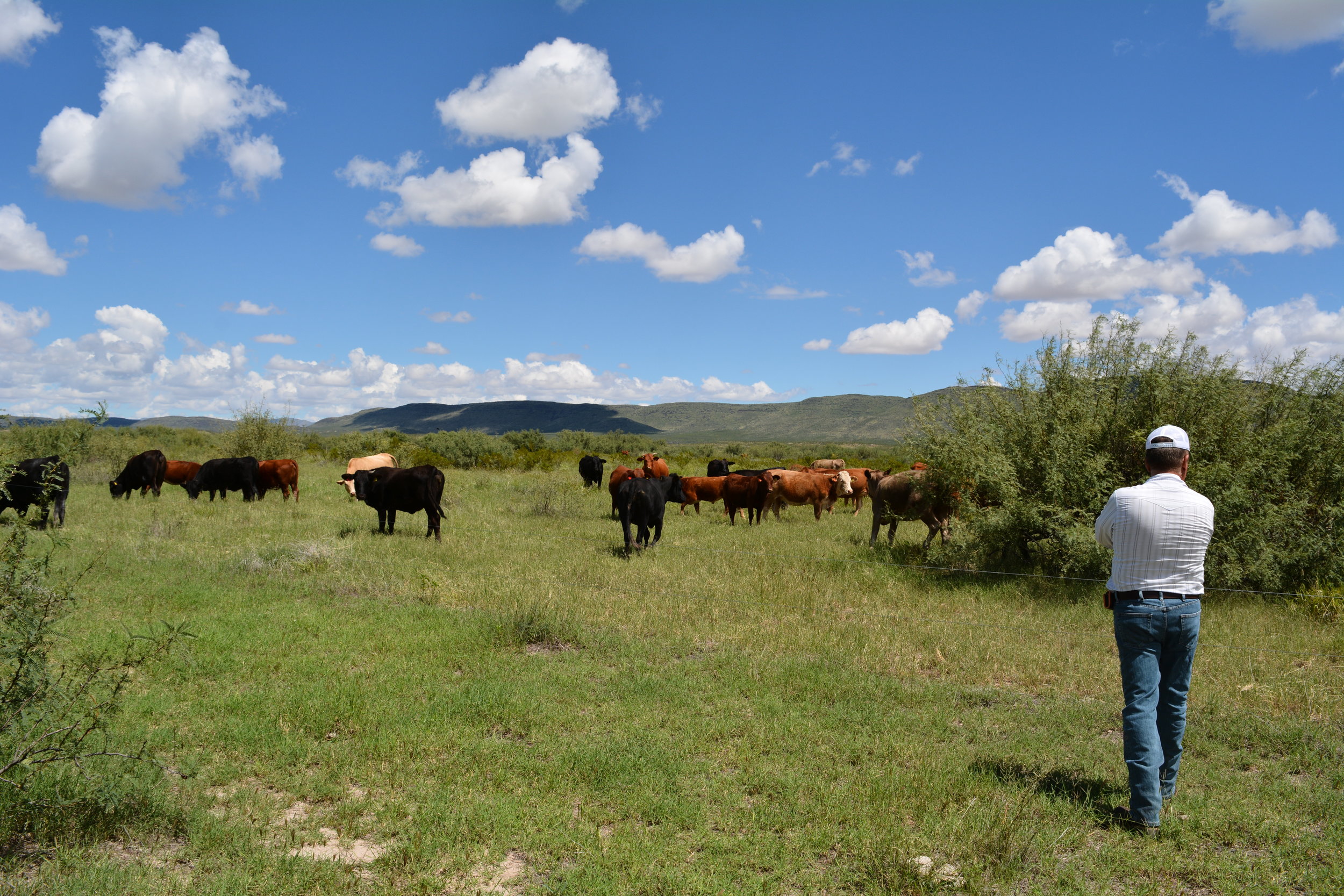We all know the key to any successful business is good management. Ranching should be no different. The truth is, most ranching operations lack organization and management. How are we expected to succeed if we do not treat them as a serious business? Maybe we get carried away by our scenic daily views and working in the great outdoors. Perhaps we are afraid to think outside the box because of paradigms and the old ways of thinking. Or distracted by our unusual work schedule with a never-ending “to do” list. Many key areas to maximize operations are missed. We need to put things into perspective and focus on the whole to find a balance all while dealing with chaos. Such things include finances, operating costs, income, human resources, pasture health, grass growth, animal performance and cattle health. There are other things out of our control that must also be considered: unpredictable weather patterns, fluctuating market prices, animal diseases and behavior. Therefore, the key is to become proficient at managing chaos and to maximize efficiencies in every aspect of our operation.
Let’s focus on how to manage our pastures and cattle to have the most favorable outcome as a business. For us this also includes our lifestyle we choose to have under the uncertainties that are thrown at us. Our secret, which is quite simple, is flexibility. The two most important areas are grass production and animal performance. The goal in evaluating these two areas is to increase carrying capacity, eliminate the need for supplementation, and increase pregnancy rates. If this can be accomplished, combined with proper business and financial management, your operation will run most cost-effectively.
It is paramount we find a balance in three key areas.
1. Grazing: animal impact is our primary tool to regenerate pastures
2. Animal performance: a healthy animal is more resilient to disease and to become pregnant
3. Forage production and soil health
If we focus only on grass regeneration, then animal performance and pregnancy is likely to decline unless we supplement. If we only focus on animal performance, then pastures health is more susceptible to decline. Both scenarios hurt us financially in the long run. If we can find the perfect balance, our land will continue to improve, and animal performance will be maintained without the need for supplementation or at least minimizing the use of it. We realize many people do not believe such things can be accomplished. While every environment is unique, it is possible regardless of your geographic location and weather patterns. It is however, a never-ending challenge and does not come easy with some failures along the way. But those failures are learning lessons. As proof that it is possible, we can find many examples in nature. Deer, elk, and other wildlife are capable of surviving without human intervention. Yes, they are wild, and cattle have been domesticated but they ought to be able to survive on their own.
Let’s consider the grass growing aspect of this complicated puzzle. We are looking to grow the most grass we can per unit of land in the least amount of time. This also includes years of drought and decreased moisture. We are not necessarily looking for the most volume, but rather the highest NUTRITION for our cows. This is a very important concept to understand. Quality versus quantity is the name of the game. Overgrazed land affects overall quantity, and overesting maximizes quantity but comes at a high cost because the nutritional value declines. Over resting for several years eventually leads to pasture deterioration as well. Therefore, at some point we need to graze our pastures but the timing in relation to the stage of grass growth has a significant impact on animal health and performance. Thus, animal impact is our primary tool to improve pasture quality. We find the concept of animal impact is often misunderstood. Usually it comes in the form of fencing, herding, or incentive feeding to increase animal density to create the most “animal impact” to redistribute organic matter (manure), grass seeds, aerate the soil, and trampling old vegetation back into the soil. Hence, not necessarily eating it. Often people wonder, what is the optimal trampling to grazing ratio? This question is one that can lead to endless discussion but from our experience, it varies on many factors: Soil type, time of year, type of grass, climate, overall goals, etc. Therefore, it is different for every ranch, maybe even every pasture depending on the size and diversity. The more important question is, what are you trying to achieve? Don’t get carried away by these details. It’s almost impossible to measure and to comprehend nature to that exact degree. What is more important and what the focus should be is how to achieve animal impact without sacrificing ANIMAL PERFORMANCE!
Now let’s move theory aside and get back to reality. How do we implement the animal impact tool in the real world with all the uncertainties of the weather? This is where ranch management becomes an art and not a science. Most scientists fail when trying to replicate this tool, or in developing experiments with animal impact, because they approach it from a systematical point of view. Producers who are looking for a new way of thinking be it; rotational grazing, holistic management, MOB grazing, implementing high density, are also more likely to make very costly mistakes. There is no system or guide that will tell you the right answer for your own operation as each ranch has its own unique requirements. This is where observation, knowledge, and experience work best. Our best advice is to remain flexible and to stay within the balance of pasture health and animal performance, as we already discussed.
Another key aspect of our personal management is to focus on your most productive areas. The reason being, this is where majority of your forage production will come from, usually being at the bottom of valleys where excess moisture and nutrients from run off collect and where conditions are most favorable for grass growth, especially during dry years. Therefore, give preference in grazing to avoid grass from becoming too mature and decline in nutritional value. Also, give these areas preference in regard to rest when needed. After a couple years of proper management, you will soon realize the main challenge will come in preventing excess grass growth from losing its quality. It truly is a challenge to keep excess forage production from becoming stale. By focusing your management in these areas and giving preferential grazing, it gives the ridges and other areas of your property, usually the most degraded, sufficient rest for new perennial grass species to establish.
This leads to the second most important problem, how to graze over rested areas without supplementation to avoid animal performance loss? The key lies in finding the right balance between animal density, period of stay, and timing of the year we graze each pasture. There is a direct effect on animal behavior when grazing densities are above a certain level. Also, the grazing pattern of cattle changes from being selective to non-selective. This is important in order to establish optimum grazing efficiency and to prevent certain plants from become ignored and stale. We want our pastures to be grazed evenly through the year to promote plant health and biodiversity in our pastures. Cattle performance is directly related to optimal nutrition. Optimal nutrition is related to biodiversity and an increase in plant species in our pastures. Density alone is not the solution, don’t get carried away trying to graze everything to the same height. Our animals always know what is best for them. We, the humans, are more likely to make mistakes the moment we try to systemize things.
Depending on the time of year, certain plants, i.e seasonal forbs, are more palatable than others and are of better quality. On occasion, this does not necessarily mean grass. There are other sources of food out there. To get the best nutrition available grazing selectively might not be such a bad thing. This is particularly true if we want to eliminate the need for supplementation.
Often we ask ranches if it’s possible to have non-selective grazing while grazing selectively and most answer “no”. But in reality, the correct answer is “yes.” It requires observation and a certain degree of skill. If we were to take notes on each individual species of plants and when they are most favorable (nutritionally speaking) and integrate this information to our planned rotation while playing with different densities, periods of stay, and timing of the year, not only would you maximize forage production but nutrition as well.
When dealing with natural systems and unpredictable weather patterns our best solution is to become flexible and be willing to change. The real problem is our resilience to accept new ideas because that’s not how “we usually do things around here!!” Don’t be afraid to change, especially if things haven’t worked out in the past. We always ask people who seem skeptical, “what do you have to lose?” The only thing you can’t afford to do is the same mistakes twice, to supplement and continue to have low pregnancy rates or continue to consciously degrade our precious rangelands. We need to go back to our business model of keeping costs down and increase profits. This includes not necessarily weaning big heavy calves, but rather having the highest production at a minimum cost. If this can be achieved, that’s when our business will be the most profitable. From our personal experience of trail and error and countless hours of observation, it’s all in the nutrition and quality of our pastures. It is biodiversity, and soil health, which in the long run will increase our carrying capacity and lead to optimal performance in cattle. Therefore, as successful regenerative ranchers we are proud to say our most valuable management tool is actually our cattle!

